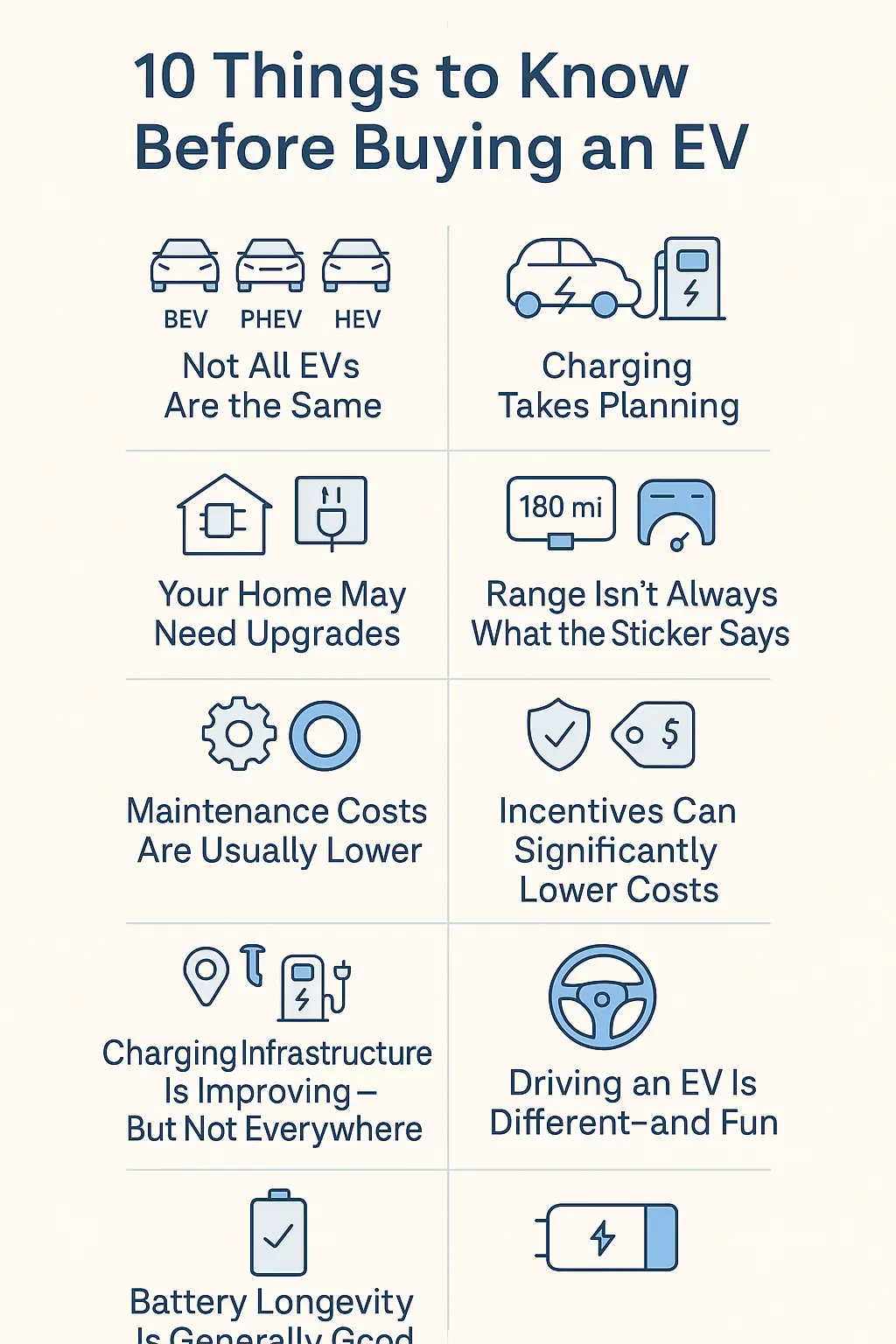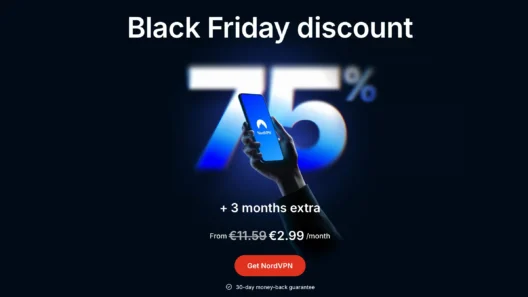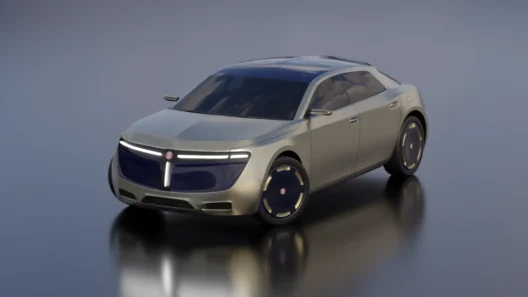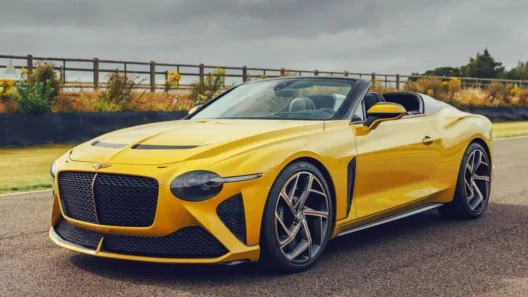Switching to an electric car sounded like a no-brainer. No more gas stations, lower running costs, quiet ride, and bonus points for being kinder to the planet. At least that’s what we thought when we started seriously considering going electric.
Fast forward a few weeks later—and we bought a Tesla Model Y Performance. Yep, the one with insane acceleration, a minimalist interior that looks like it’s from the future, and the ability to make gas stations completely irrelevant. Do I love it? Absolutely. But I also wish someone had sat me down and told me a few things before we made the leap.
Here are ten brutally honest insights I’ve picked up since becoming an EV owner—things that could help you figure out if going electric actually fits your life (and budget).
1. Not All EVs Are Created Equal
Let’s start with the basics. Before all this, I thought all electric cars were kind of the same—just different shapes running on batteries. I couldn’t have been more wrong.
Here’s a quick breakdown:
- BEV (Battery Electric Vehicle): Fully electric, no gas at all. You’ll charge it via a plug and never visit a fuel pump again. That’s what we bought.
- PHEV (Plug-in Hybrid Electric Vehicle): A mix of electric and gas. You can charge it, but if the battery runs out, it switches to a gas engine.
- HEV (Hybrid Electric Vehicle): Traditional hybrid. No plugging in. The battery recharges through braking, but it still needs gas to run.
We went for a full BEV—and a high-performance one at that. The Tesla Model Y Performance is an absolute beast when it comes to acceleration, but choosing a BEV means thinking differently about driving. You have to plan. You have to adapt.
2. Charging Isn’t Like Filling Up at a Gas Station
This one hit us fast. Charging is not a quick 5-minute pit stop like we were used to. It takes time, and there are levels to this game—literally.
Let me break it down:
- Level 1 – Standard Outlet (120V): About 3–5 miles of range per hour. You’ll need over 24 hours for a full charge.
- Level 2 – Home Charger (240V): The sweet spot for most EV owners. Adds 20–30 miles per hour. Plug in overnight, wake up ready to roll.
- Level 3 – DC Fast Charger: Super quick. Up to 80% charge in about 30 minutes. Tesla’s Superchargers are in this category and they’re awesome—but not everywhere.
We quickly learned to plan every longer trip around charging. Thankfully, Tesla’s navigation system includes Superchargers in route planning. Still, the mindset shift took some getting used to.
3. Your Home Might Need an Electrical Upgrade
When we ordered the Tesla, we immediately had that “uh-oh” moment. How are we actually going to charge this thing?
Sure, a regular outlet technically works, but it’s painfully slow. So we decided to get a Level 2 wall charger installed at home. Sounds simple enough, right? Well, it turns out our electrical panel wasn’t quite up to the task.
We ended up hiring an electrician, adding a breaker, and upgrading the system. Total cost? Around $1,000 (and we’re in Europe). It could’ve been more depending on your house. So, don’t forget to budget for installation—especially if your home is older or has limited capacity.
If you live in an apartment or condo? Start talking to your property manager now. Some building associations are super helpful, others… not so much.
4. Real-World Range Doesn’t Match the Sticker
Tesla claims our Model Y Performance has a 514 km (about 319 miles) range. Sounds great on paper. In real life? It’s more like 430 km on a good day—and 380 km in winter.
That’s not Tesla lying—it’s just how batteries work. The range depends on a whole bunch of factors:
- Weather: Cold zaps battery efficiency. Heat does too.
- Speed: Highway driving eats up power faster than city driving.
- AC/Heating: Climate control is a sneaky battery hog.
- Elevation and terrain: Hilly roads drain more energy.
At first, I watched the battery percentage like a hawk. But with time, I learned how our driving habits affect range. You start to treat your EV like a phone—plug it in when you get home, and stop worrying.
Quick side note, but an important one
When I’m planning road trips or checking charging stations through different apps and websites—especially abroad—I often use a VPN. Why? Because some charging info, pricing, or availability can change depending on your location or IP address. With NordVPN (which I use on both my phone and laptop), I can switch my virtual location to Germany, France, or wherever I’m headed and get more accurate local results.
It also gives me peace of mind when I’m on public Wi-Fi at hotels, cafes, or even at the charging station itself.
🎯 Pro tip: If you plan to travel internationally with your EV, a VPN can be a real game changer—not just for security, but for planning and access to region-specific tools. The ones I’ve personally had the best experience with are NordVPN, Surfshark, and CyberGhost—all super fast, easy to use, and reliable on the go.
5. EV Maintenance Is Lower—But Not Zero
This was one of the big selling points for me: No oil changes, spark plugs, or timing belts. And it’s true—EVs have fewer moving parts, which means fewer things to break.
But let’s be honest. “Low maintenance” doesn’t mean no maintenance.
Here’s what still needs attention:
- Tires: EVs are heavier, so tire wear can be faster.
- Brakes: Regenerative braking helps them last longer, but they still need checking.
- Fluids: Like coolant for the battery system.
- Filters: Tesla’s HEPA cabin filter, for example, isn’t cheap when it’s time to replace.
That said, overall maintenance costs are noticeably lower than any gas-powered car we’ve owned before. Just don’t expect a maintenance-free fairy tale.
6. Insurance Might Cost More—But It’s Getting Better
This one surprised us. Our insurance quote for the Tesla came in noticeably higher than for our previous SUV. Why?
- Battery repairs can be costly.
- Parts availability is limited and often expensive.
- Not every mechanic is certified to work on EVs.
- Tesla-specific tech like sensors and Autopilot can drive up repair costs.
But there’s hope. More insurance providers are adapting to the EV boom and offering EV-specific plans and discounts. It pays to shop around and ask pointed questions. In some countries, Tesla even offers their own insurance, which could be worth checking out.

7. Public Charging Is Growing—But It’s Not Everywhere
One of the biggest misconceptions I had? That charging stations would be everywhere. Sure, if you live in a big city, you’ll probably see them popping up all over. But drive out into the countryside or through smaller towns, and suddenly, you’re zooming in on Google Maps hoping for a miracle.
That’s where planning becomes your best friend.
I use apps like:
- PlugShare
- A Better Route Planner (ABRP)
- ChargePoint
- Tesla’s built-in Supercharger map
These tools let you check availability, charging speeds, and even user reviews. Some workplaces are also installing chargers for employees, which can be a game-changer if you commute.
Bottom line? Infrastructure is improving, but it’s still patchy. Especially outside major metro areas.
8. Incentives Can Seriously Cut the Cost
Let’s be honest: Teslas aren’t cheap. And while EVs in general are getting more affordable, the price tag still stings. That’s why incentives matter.
Depending on where you live, you might qualify for:
- Federal tax credits (up to $7,500 in the U.S.)
- State and local rebates or subsidies
- Discounted vehicle registration or tolls
- Utility company rebates for installing a home charger
- Perks like HOV lane access or free parking
We managed to qualify for a partial rebate and a reduced installation fee from our local energy provider. It’s absolutely worth digging into your country’s (or state’s) programs. In some cases, you can stack incentives and knock thousands off the total cost.
Just make sure the car model you’re eyeing still qualifies—some brands have sold too many to be eligible anymore.
9. EV Batteries Are Built to Last—If You Treat Them Right
One of our biggest concerns before buying was battery degradation. I kept asking myself, “Will we need a new battery in five years?” Thankfully, the answer is: probably not.
Most modern EVs, including Teslas, come with an 8-year or 100,000-mile battery warranty. That’s not bad. But there are things you can do to extend your battery’s life even further:
- Avoid fast charging all the time—use it only when necessary.
- Don’t always charge to 100% or drain to 0%. Staying in the 20–80% range is ideal for long-term health.
- Keep your car cool—extreme heat is a battery killer, so shaded parking helps.
After our first year with the Model Y, the battery’s maximum range dropped maybe 1–2%. Barely noticeable. So far, so good.
10. Driving an EV Feels Like the Future—Because It Is
Let me just say this: once you drive an EV, it’s hard to go back. Instant torque is addicting. Press the pedal and boom—you’re flying. It’s smooth, silent, and a bit surreal at first.
Our Model Y Performance does 0 to 60 mph in 3.5 seconds. And trust me, you feel it. I used to think that kind of acceleration was just for race cars or rich people. Now? I floor it at every green light just because I can.
But it’s not just about speed.
- Regenerative braking means you can often drive with just one pedal.
- Autopilot and adaptive cruise control make long drives so much easier.
- The quiet cabin makes you realize just how noisy traditional cars are.
It took a bit of getting used to. But now I enjoy driving in a completely different way. It feels more intentional. More techy. A little like piloting a spaceship.
Final Thoughts: Is It Worth It?
Short answer? For us, absolutely yes. But I wouldn’t recommend diving into EV ownership blindly. It’s not just a car swap—it’s a lifestyle shift.
You’ll need to think about:
- Where you’ll charge (home vs. public)
- How far you usually drive
- How your region supports EVs (infrastructure + incentives)
- Whether the car you choose fits your habits
Owning a Tesla Model Y Performance has been a mix of joy and learning curves. It’s tech-forward, efficient, thrilling—and a little bit demanding. But every time I drive past a gas station and don’t stop, I feel a tiny victory.
If you go into it prepared and with realistic expectations, driving an EV can be one of the best decisions you make. Just know it’s more than a plug-and-play situation—it’s a mindset shift that comes with some pretty great perks.











